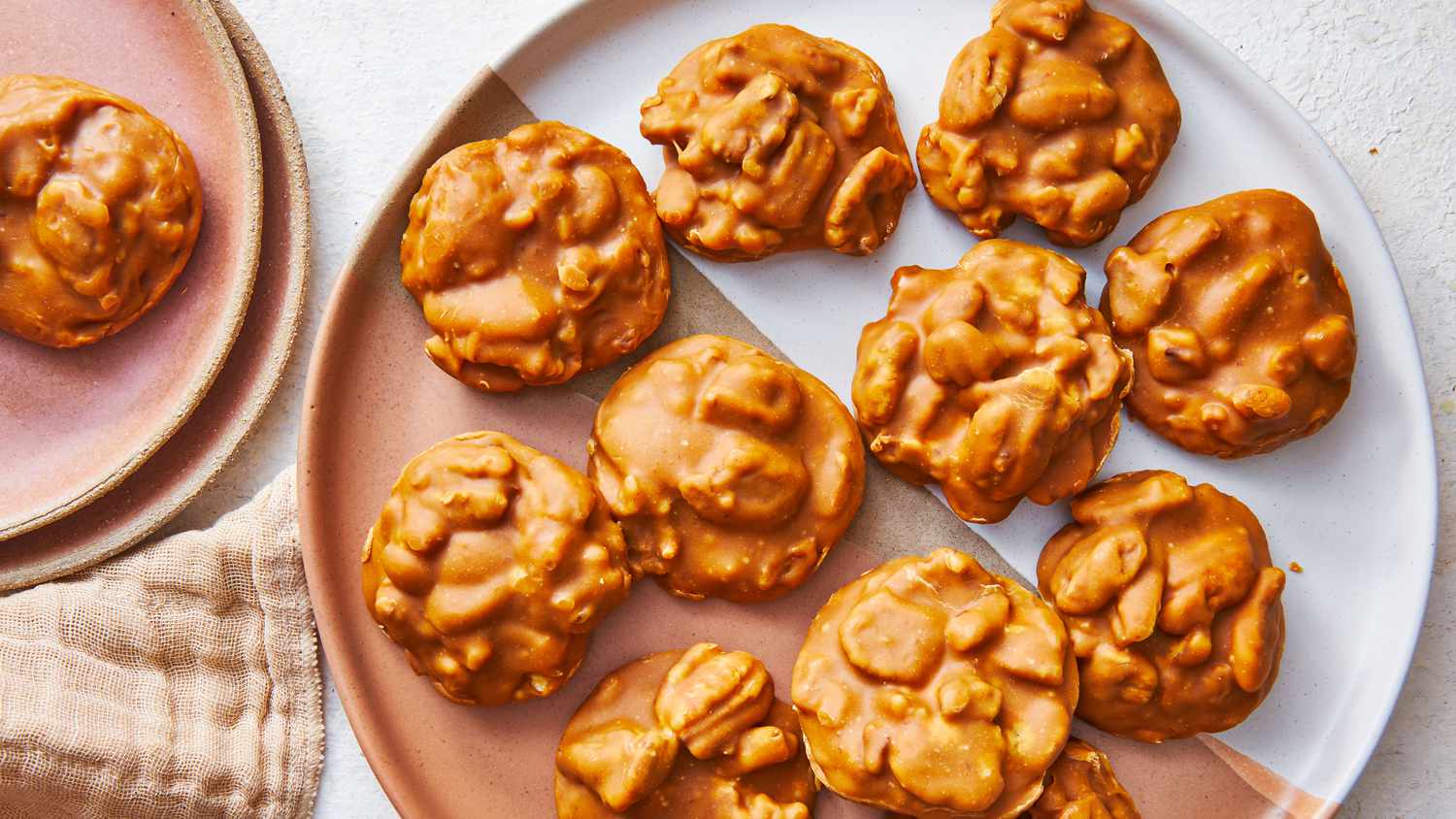When it comes to decadent confections that tickle the taste buds and evoke feelings of pure indulgence, praline stands out as a timeless favorite. Originating in France, but now beloved worldwide, praline offers a perfect harmony of sweetness and nuttiness that has captivated dessert lovers for centuries.
A Brief History
Praline traces its origins back to the early 17th century in France, specifically in the city of Montargis. The confection was created by a French sugar industrialist named Clément Jaluzot, who was inspired by the almonds and caramelized sugar treats he encountered during a visit to the south of France. Originally, praline consisted of almonds coated in caramelized sugar, but over time, variations incorporating different nuts and flavors emerged.
Crafting the Perfect Praline
The traditional praline recipe typically involves caramelizing sugar and combining it with toasted nuts, usually almonds or hazelnuts. This mixture is then ground into a paste or finely chopped, resulting in a smooth, nutty confection. Modern variations may include additions like cream, butter, or even chocolate, which further enhance the texture and flavor complexity of praline.
Global Variations
While praline’s roots lie in France, its popularity has spread across the globe, each region adding its own twist to the classic recipe. In Belgium, pralines often refer to filled chocolates with various ganaches and creams, encased in a thin chocolate shell. In the southern United States, particularly in New Orleans, pecan pralines are a beloved treat, featuring pecans mixed into a sugary, creamy base.
Culinary Uses
Praline is not just enjoyed on its own but is also a versatile ingredient in many desserts and pastries. It can be folded into ice cream, sprinkled over cakes, or used as a filling in chocolates and truffles. Its nutty crunch and sweet flavor add depth and richness to any dish it graces.
Cultural Significance
Beyond its culinary appeal, praline holds cultural significance in various regions. In the American South, for example, pralines are often associated with hospitality and homemade goodness, frequently given as gifts during holidays and celebrations. In Europe, pralines are an integral part of the fine chocolate tradition, crafted meticulously by chocolatiers who continue to innovate with flavors and techniques.
Health Considerations
While praline is undeniably delicious, its high sugar and fat content mean it should be enjoyed in moderation as part of a balanced diet. However, the nuts used in praline are rich in healthy fats, protein, and other nutrients, providing some nutritional benefits amidst the sweetness.
Conclusion
Praline’s allure lies not only in its rich history and cultural significance but also in its ability to satisfy the sweetest of cravings with its delightful blend of caramelized sugar and toasted nuts. Whether enjoyed as a standalone treat, incorporated into desserts, or given as a thoughtful gift, praline continues to be cherished across continents and generations. Its timeless appeal ensures that praline will remain a cherished delicacy for years to come, promising moments of pure indulgence with every bite.
FAQS
1. What are pralines? Pralines are confections made from nuts (typically almonds or pecans), sugar, and sometimes cream. They are usually molded into flat, round, or square shapes and can have a smooth or crunchy texture.
2. Where do pralines originate from? Pralines originated in France, specifically in the 17th century. They were originally made with whole almonds coated in caramelized sugar.
3. What types of nuts are used in pralines? The most common nuts used in pralines are almonds and pecans. However, pralines can also be made with hazelnuts, walnuts, or a combination of different nuts.
4. How are pralines different from truffles? Pralines are typically made with nuts and sugar, giving them a crunchy or chewy texture, whereas truffles are made with chocolate ganache and have a smooth, creamy texture.
5. Are pralines gluten-free? Yes, pralines are generally gluten-free as they do not contain wheat or other gluten-containing ingredients. However, it’s always best to check the specific ingredients as recipes can vary.
6. How should pralines be stored? Pralines should be stored in an airtight container at room temperature. They can also be refrigerated to extend their shelf life, especially if they contain dairy products like cream.
7. Can pralines be made without dairy? Yes, pralines can be made without dairy by using dairy-free alternatives such as coconut cream instead of regular cream. Vegan pralines can also be made using ingredients like coconut oil instead of butter.
8. How long do pralines last? Pralines can typically last for about 2 to 3 weeks if stored properly in an airtight container at room temperature. They may last longer if refrigerated.
9. Are pralines difficult to make at home? Making pralines at home can be challenging due to the precise temperature control required when caramelizing sugar. However, with the right recipe and technique, homemade pralines can be delicious and rewarding to make.
10. How are pralines typically served? Pralines are often served as a standalone treat or as a dessert garnish. They can also be crumbled and used as toppings for desserts like ice cream or incorporated into baked goods such as cookies or brownies.
